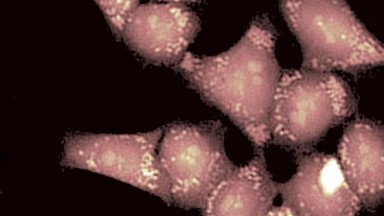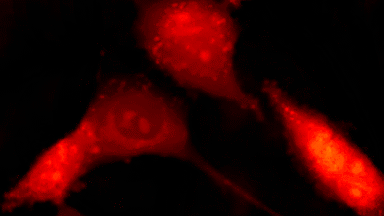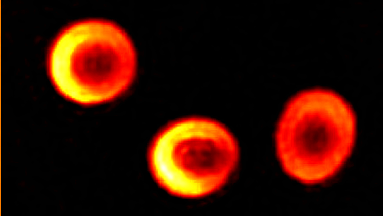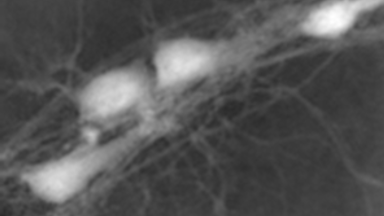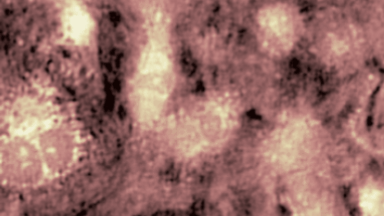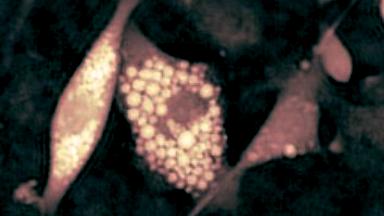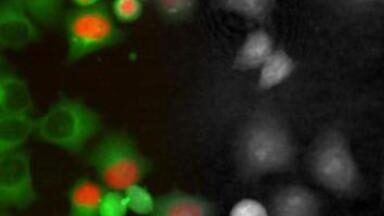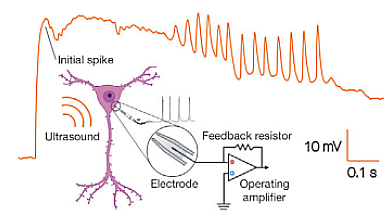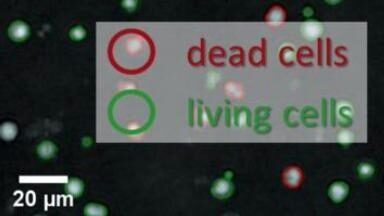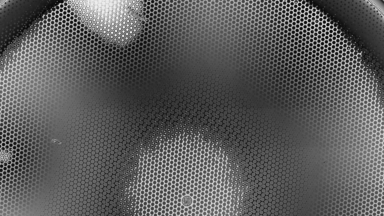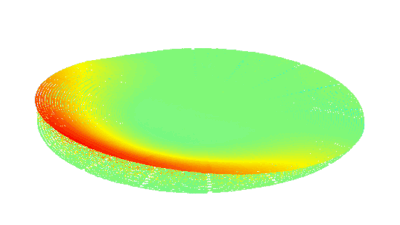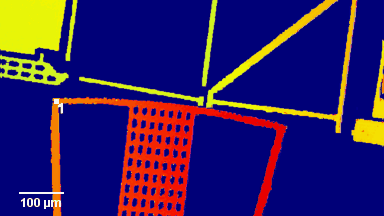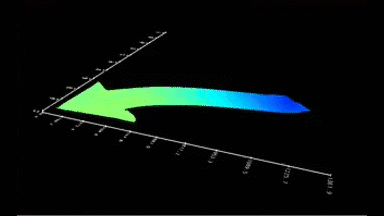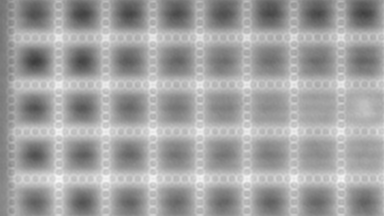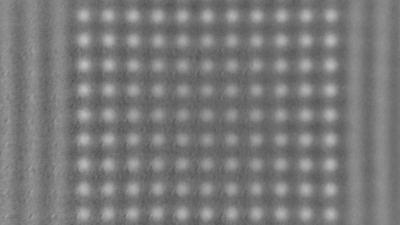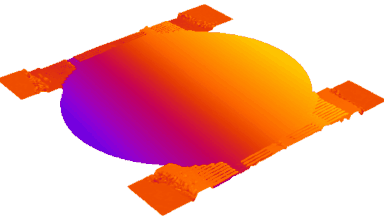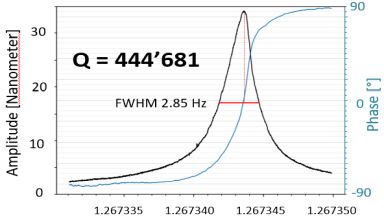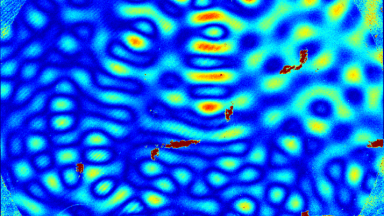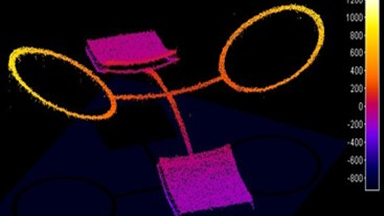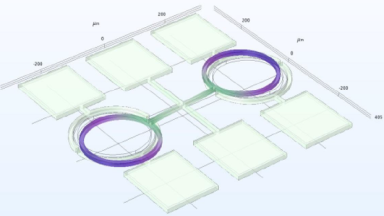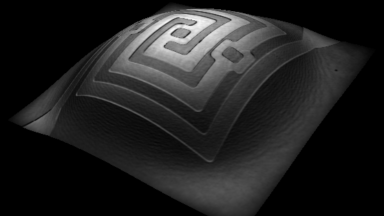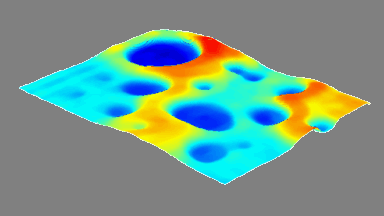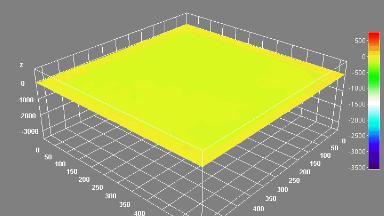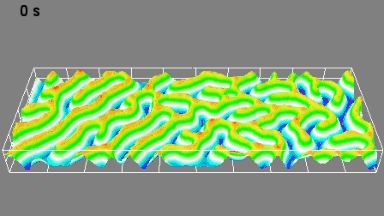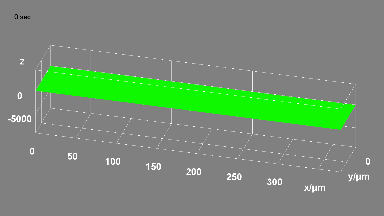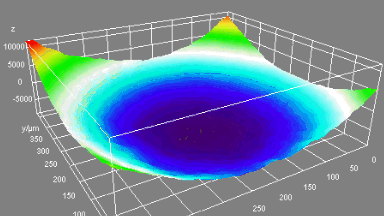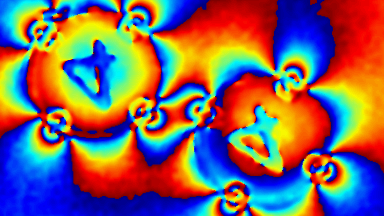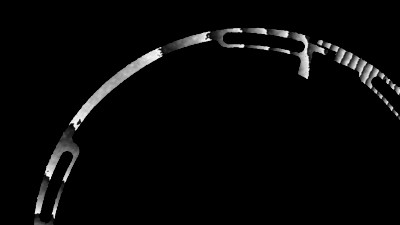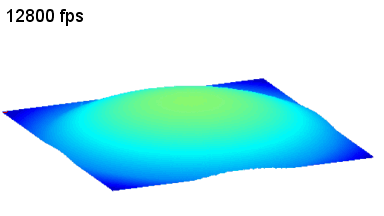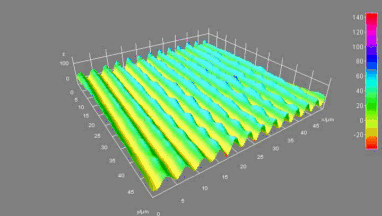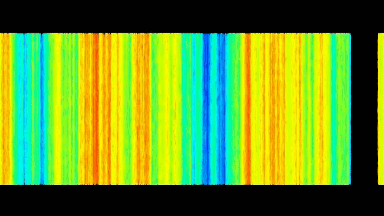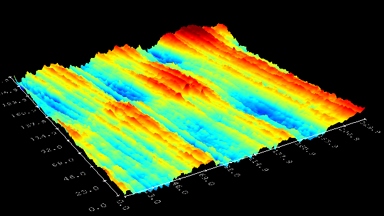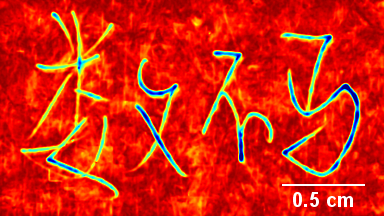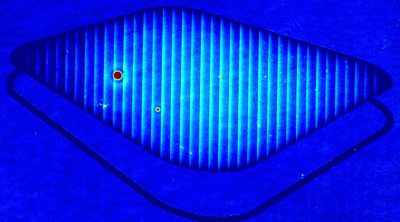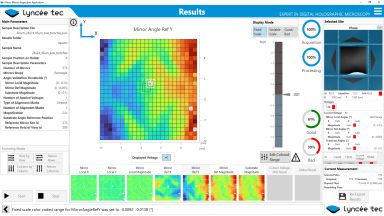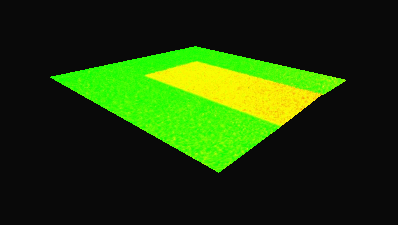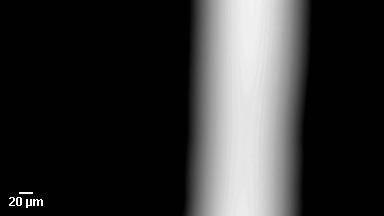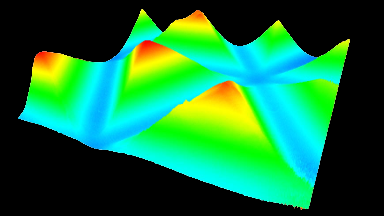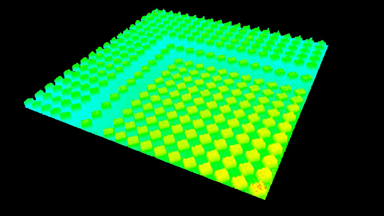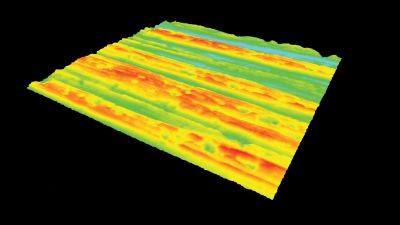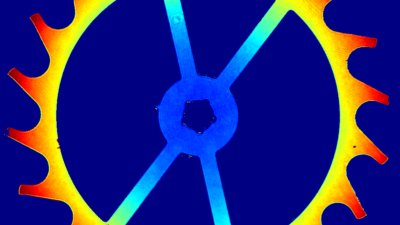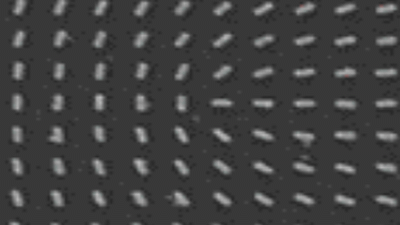Early Cancer Prediction
DHM® finds metabolic regions which correlate with cancer malignancy
In a publication in iScience, the Bionanomechanics group highlighted a
seminal link between cell metabolic activity and cancer malignancy.
The ability to visualize cellular metabolic activity with high spatial resolution and high sensitivity is crucial, as metabolic dysregulation is a key factor in cancer progression and metastasis.
Lyncée Tec’s DHM® can achieve the spatiotemporal resolution needed to capture this intracellular stochastic environment. Using DHM® images and noise-suppressing algorithms developed by the Bionanomechanics group, it has been possible to observe for the first time the localization of cellular metabolic activity with only 100 seconds of measurement, and to correlate these “hotspots” with the malignancy of cancers.
This method paves the way for substantial clinical advancements. By enabling a more precise phenotyping or cellular characterization, this technique can improve early cancer detection, disease progression assessment, and the personalization of treatments.
Publication:
“Rapid mechanical phenotyping of breast cancer cells based on stochastic intracellular fluctuations“, iScience, Volume 27, Issue 11, 110960.
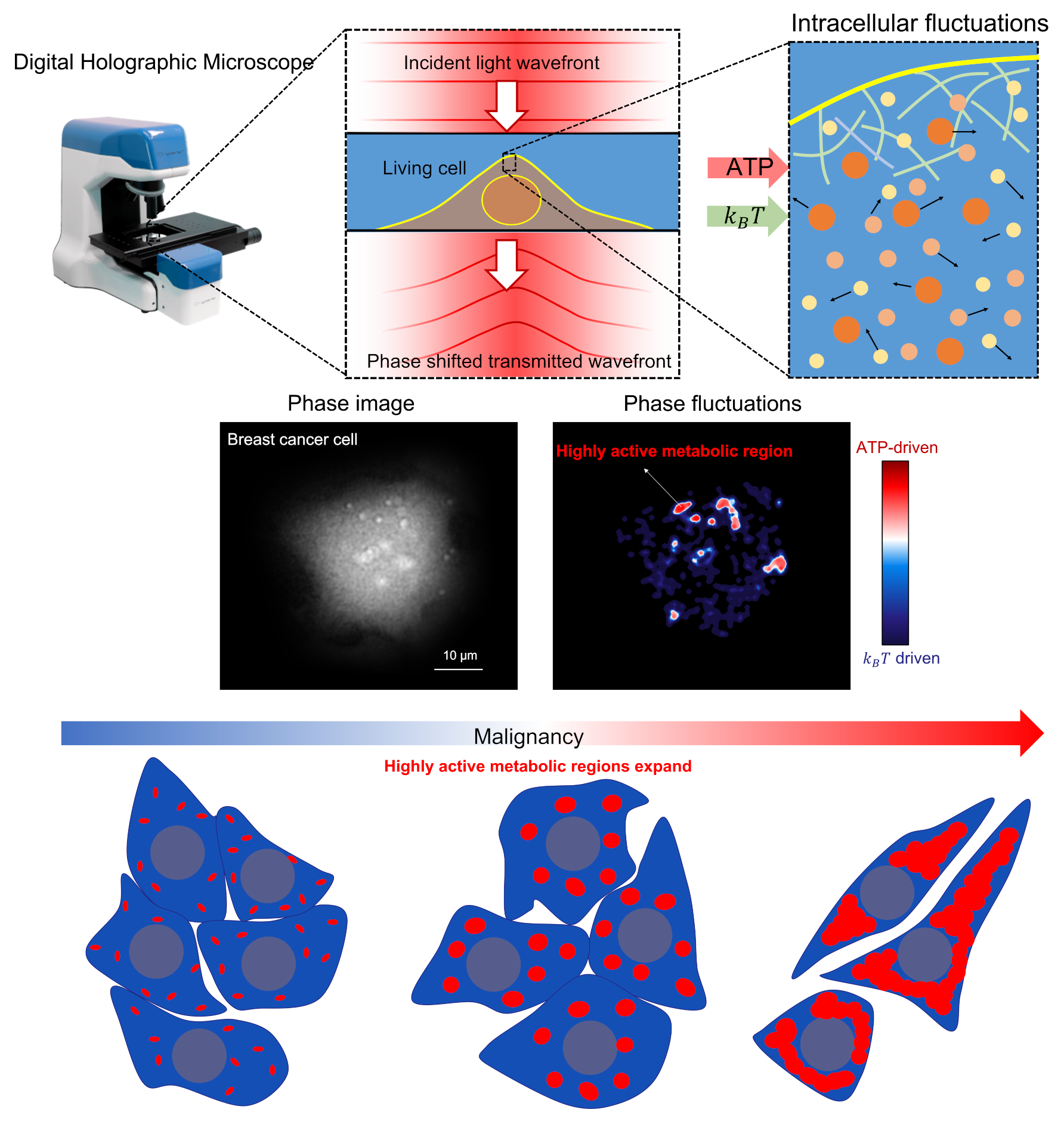
An innovative workhorse for research!
“DHM has opened us a whole new understanding of intracellular stochastic dynamics and energetics. We are very proud to have done our part in supporting this cause.”.
Álvaro Cano Tortajada, Javier Tamayo
Bionanomechanics group, Madrid

DHM® measures tumor cell invasiveness in 3D
A joint project between two Universities in Australia and one in UK presents a novel method for evaluating tumor cell invasiveness using optical cellular micromotion measured using Lyncée Tec’s Digital Holographic Microscope (DHM®). The method developed quantifies nanoscale fluctuations of cellular optical thickness (OT) within 3D extracellular matrix-like environments and has demonstrated a strong correlations between micromotion and cellular motility/invasiveness.
The methods further allowed to demonstrate that cells extracted from live mice treated with an agent to drive prostate cancer invasiveness(mIR-194) increased micromotility index and that this augmentation could be reverted with drugs known to inhibit the motility of prostate cancer cells (genistein and KBU 2046) demonstrating the usefulness of this approach in live animals.
The approach is non-invasive, provides rapid assessments within minutes, and is sensitive to transient invasiveness changes, unlike traditional techniques.
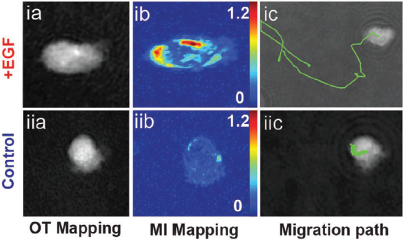
Implications
- Therapeutic Development: The method accelerates the screening of anti-metastatic drugs, providing insights into their efficacy against tumor invasiveness.
- Single-Cell Insights: It identifies heterogeneous invasive behaviors, focusing on highly invasive subpopulations critical for metastasis.
- Advanced Diagnostics: The ability to detect subtle changes in invasiveness can refine cancer diagnostics, particularly for metastatic progression.
Publication:
“Optical Cellular Micromotion: A New Paradigm to Measure Tumor Cells Invasion within Gels Mimicking the 3D Tumor Environments“, Small Methods 2022, 6, 2200471

